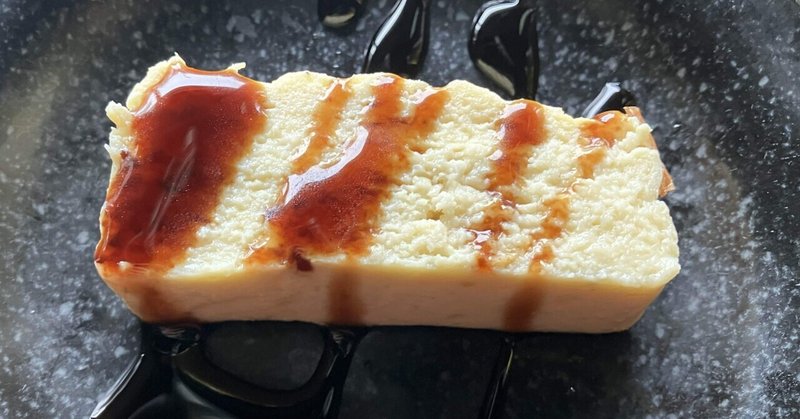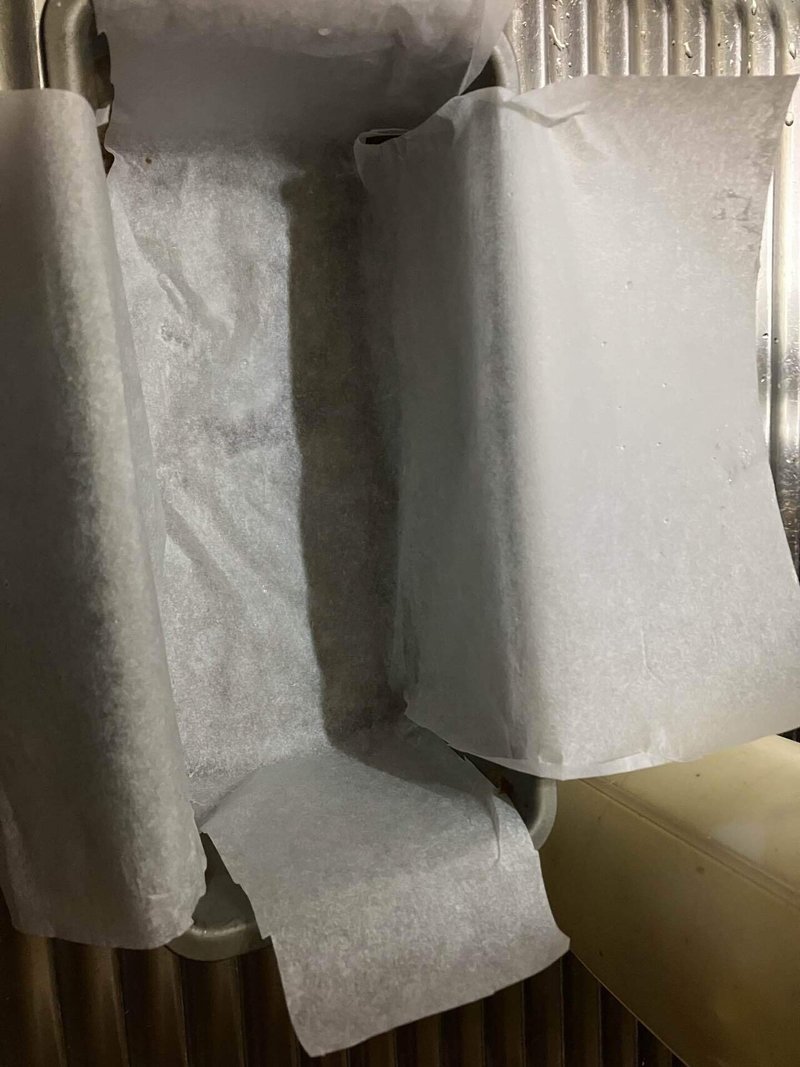
鯰のテリーヌ Catfish terrine
これも、深夜バーの軽食にパンに添えて出した一品。高級感があって好評でした。
日本での人気の川魚はなんと言っても鰻と鮎。それ以外の川魚、とりわけ江戸時代まで頻繁に利用されていた鯉や鯰の影は薄く流通量も少ない。特にナマズは淡白で癖がない上品な味でもっと利用されても良いのにと思っていた。最近面白いことに、タイ産のパンガシウスというナマズの仲間が結構大量に輸入されるようになっている。養殖されたものでパサとも呼ばれている。メルルーサと同様このパサは白身魚のフライとかの加工お惣菜として日本の市場に大量に出回っている。日本人は魚にはうるさい人種なのだけど、不思議なことに白身魚の正体を探ろうという人はあまりいない。
この魚は最近はスーパーマーケットでも手軽に手に入るので、テリーヌにしてみた。結果ものすごく上品なテリーヌに仕上がった。この料理に日本でよく使われるタラやヒラメに比べると数分の一のお値段。地元民向けのカジュアルなダイニングバーにはぴったり。
This is also a dish I served with bread as a snack at a late-night bar. It has a high-class feel to it.
The most popular river fish in Japan are unagi(eel) and ayu. Other river fish, especially carp and catfish, which were often used until the Edo period, are not seen much. Catfish have a light, refined taste with no strong flavor, so I thought they should be used more. Interestingly, a catfish called pangasius from Thailand and Vietnum has been imported in large quantities recently. It is farmed and also called pasa. Like hake, this pasa is sold in large quantities in Japanese markets as fried white fish and other processed side dishes. Japanese people are picky about fish, but strangely, not many people try to find out the true identity of white fish.
This fish is easily available at supermarkets these days, so I tried making a terrine with it. The result was a very refined terrine. It is a fraction of the price of the cod and flounder that are often used in Japan for this dish. It is perfect for a casual dining bar for locals.
テリーヌは凝ればキリがないのだけど、ここでは生クリームと卵だけを加えて極力シンプルな白いテリーヌに仕上げた。ただちょっと単調を感じたので、キノコ類とサワークリームを加えて食感とコクを出している。
Terrines can be endless if you get too fancy with them, but here I've made a simple white terrine using only fresh cream and eggs. However, I felt it was a bit monotonous, so I added mushrooms and sour cream to give it texture and richness.
Ingredients:
材料:
パンガシウス(パサ)
生クリーム
サワークリーム
きのこ(ここではアワビ茸とエノキ茸)
塩
胡椒
Pangasius (pasa)
fresh cream
sour cream
mushrooms (King oyster and enoki mushrooms in this case)
salt
pepper
procedure:
手順:
パンガシウスのフィレときのこ類をざっくり切り分けておく。ブレンダーやフードプロセッサーに魚を入れ、生クリーム、卵、サワークリーム、塩胡椒を入れ、ミンチ状態になるまで回す。
Roughly chop the pangasius fillets and mushrooms.
Put the fish in a blender or food processor with the cream, eggs, sour cream, salt and pepper and process until minced. Check the consistency of the batter and add more cream if it is too hard, or add wheat flour or rice flour if it is too soft to adjust the consistency.
Add the mushrooms and process for a short time so that the mushroom texture remains.



テリーヌ型ないしパウンドケーキ型にクッキングペーパーを敷くか油を塗り、出来上がった生地を流し込み、ちょっと衝撃を与えて空気を抜き、表面をヘラなどで平す。
Line a terrine or pound cake mold with parchment paper or grease it and pour the batter into it. Shake the mold slightly to remove the air from the batter and flatten the surface with a spatula.


180度に予熱したオーブンで様子を見ながら25分から40分程度加熱する。中央に串を刺して生地がくっついてこなければ焼き上がり。切り分けてそのまま提供しても良いけど、適切なソースを添えるとバランスが取れる。ここではバルサミコ酢を煮詰めたソースを使っている。
Cook in a preheated 180° oven for about 25 to 40 minutes, keeping an eye on it. If a skewer is inserted into the center and no batter sticks, it is done.
You can serve it sliced as is, but it's best balanced with the right sauce, which I use here is a reduced balsamic vinegar sauce.

Tips and tricks:
コツと応用のヒント:
分量の目安は、小さな型の場合は、パンガシウス半身から1匹分に対して、生クリーム100mlと卵大一個、サワークリーム大さじ一杯くらい。大きな型ならその倍量。半身ならフワフワしたスフレのような仕上がり、一匹なら歯応えのある魚団子のような仕上がりになる。
繋ぎに、粉類(小麦粉、米粉、馬鈴薯粉など)を加えても良いが、入れすぎると固くなってしまう。
焼き時間はもちろんオーブンによって違うけど、小さい型なら25分前後、大きな型なら40分前後が目安となる。
ここでは生クリームにサワークリームを入れることで、爽やかな酸味を与えているけれど、もちろん酸味のない仕上がりが良ければ生クリームだけでも良い。
キノコ類の他、少量の彩り野菜などを加えるとカラフルなテリーヌとかモザイク模様のテリーヌも作れる。また、混ぜ物の違う二層、三層の構造にすれば、切り分けたとき綺麗な層が見えて目でも楽しめる。更に、型に流し込む際に、茹でた菜葉類を敷き詰めれば、食感がより複雑でより豪華な仕上がりになる。
コストの理由からパンガシウスを使ったけれど、もちろん、ヒラメやカレイ、メルルーサやタラ、鮭や鱒、鮟鱇、エビやカニなどを単独ないし組み合わせて使ったバリエーションも可能。
もっと凝りたいのなら、生地に魚卵、魚肝、蟹やエビの味噌を混ぜることもできる。切り分けた時のカラフルな模様および色々な材料の食感のコントラストを綿密に設計しソースにも凝れば、魚料理のメインの一品になる。その場合は、バルサミコ酢やトマト、柑橘、ハーブなど、合わせるソースにも気を遣いたい。
As a guideline, for a small mold, use 100 ml of cream, one large egg, and one tablespoon of sour cream for half or one Pangasius. For a large mold, double the amount. If you use half a Pangasius, it will end up fluffy like a soufflé, and if you use a whole Pangasius, it will end up like a chewy fish ball.
You can add flour (wheat flour, rice flour, potato flour, etc.) to bind it, but if you add too much, it will become hard.
The baking time will of course vary depending on the oven, but a guideline is around 25 minutes for a small mold and around 40 minutes for a large mold.
Here, sour cream is added to the cream to give it a refreshing sour taste, but of course you can use just cream if you want a non-sour finish.
In addition to mushrooms, you can add a small amount of colorful vegetables to make a colorful terrine or a mosaic-patterned terrine. Also, if you make it into a two- or three-layer structure with different mixtures, you can see the beautiful layers when you cut it into pieces, which is visually appealing. Furthermore, if you cover the mold with boiled leafy vegetables when pouring, the texture will become more complex and luxurious.
I used pangasius for cost reasons, but of course you can use flounder, plaice, hake, cod, salmon, trout, monkfish, shrimp, crab, etc., either alone or in combination, for variations.
If you want to go even further, you can mix fish eggs, fish liver, crab or shrimp paste (ovaries and innards) into the batter. If you carefully design the colorful patterns that appear when cut into pieces and the contrast in texture of the various ingredients, and add an elaborate sauce, it can become a main dish for a fish dish. In that case, you should also pay attention to the sauce you pair it with, such as balsamic vinegar, tomato, citrus, or herbs.
Guide to where to find ingredients
材料入手先ガイド
この記事が気に入ったらサポートをしてみませんか?
